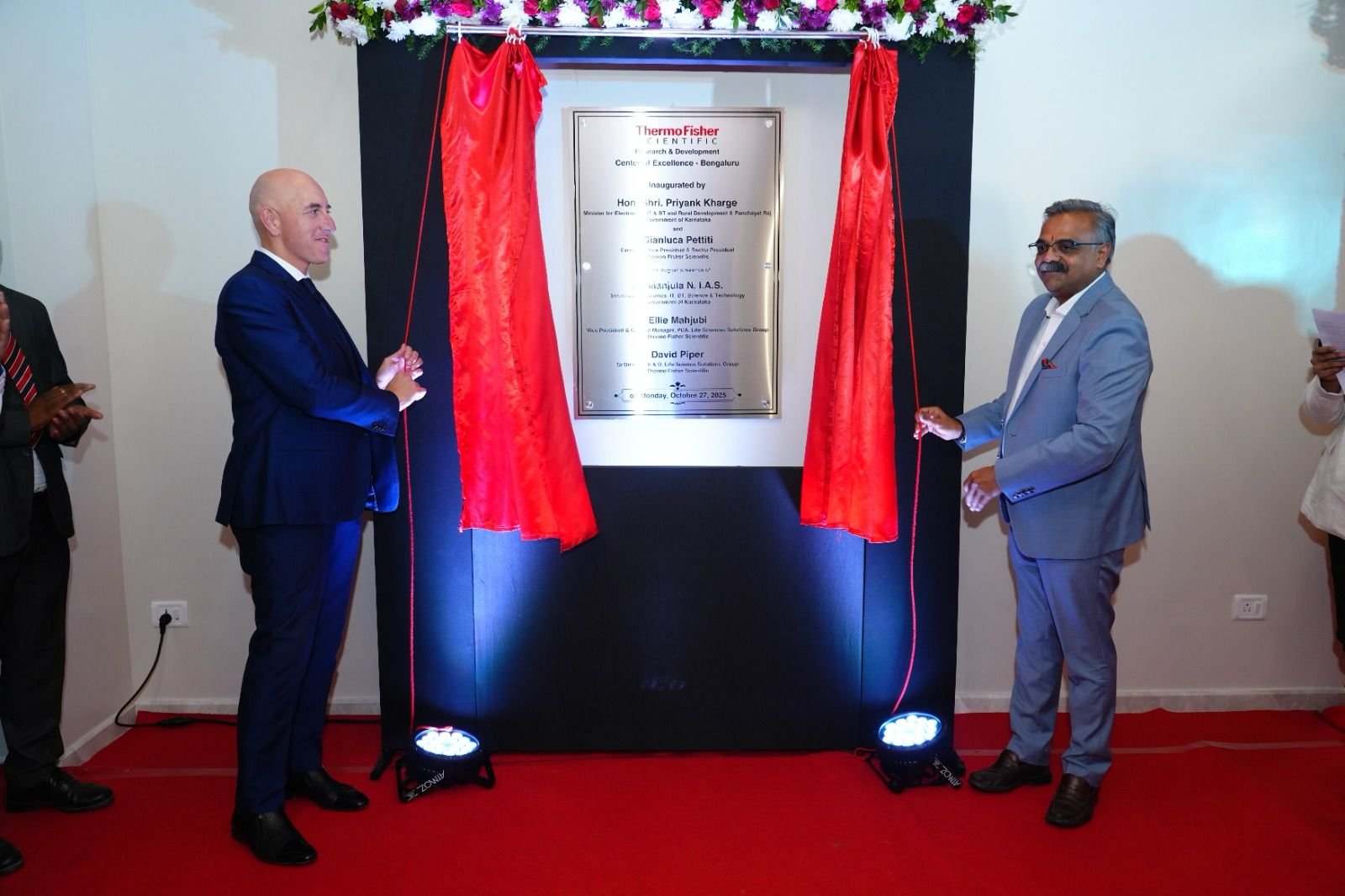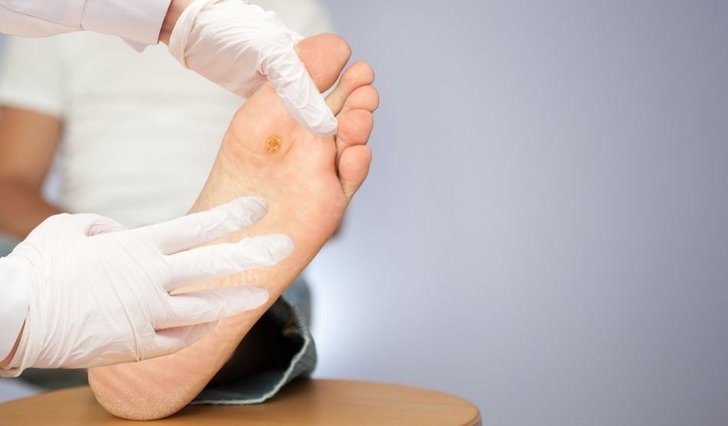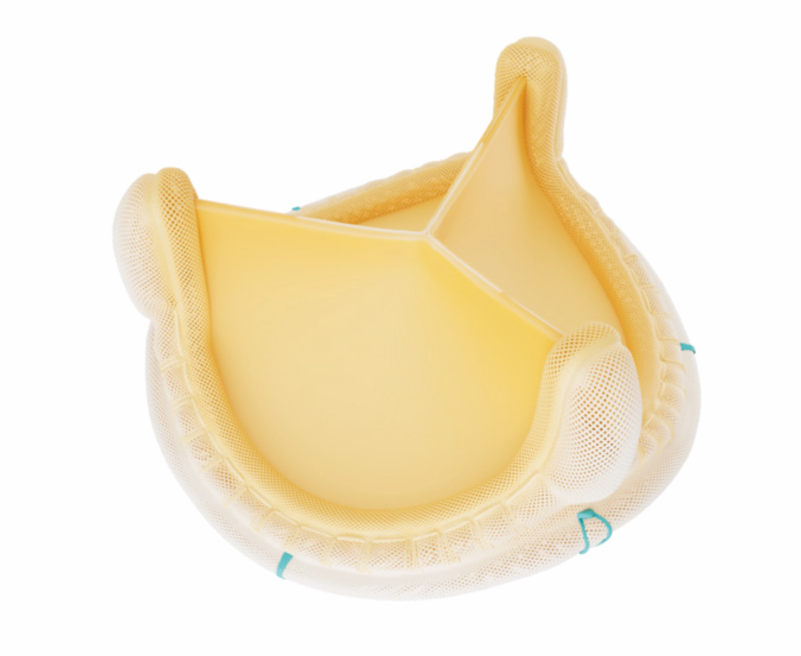RGD Landscape and Diagnostics in India
March 03, 2024 | Sunday | Features | By Runa Hamid, Harvinder Kour Khera
Need for public awareness and a stronger societal support system for children grappling with rare diseases
The REDRESS session, "RGD Landscape and Diagnostics in India," chaired by Prof. B K Thelma of Delhi University, featured clinicians, researchers, ICMR officials, and patient advocates.
Dr Meenakshi Bhat from the Centre for Human Genetics (CHG) delivered the keynote. Speakers included experts like Dr. Ratna Dua Puri from Sir Ganga Ram Hospital in New Delhi, Dr Ashwin Dalal from the Centre for DNA Fingerprinting and Diagnostics in Hyderabad, Dr Swarkar Sharma from the Central University of Jammu, Dr Subasree Ramakrishnan from NIMHANS in Bengaluru, and Dr.Amlin Shukla from the National Registry of Rare and Other Inherited Disorders-ICMR New Delhi, addressing global RGD challenges.
Vikas Bhatia, representing a patient advocacy group, shared a moving personal journey. This diverse session highlighted diagnostic advancements and patient-centric perspectives, showcasing India's progress in tackling rare genetic diseases.
Dr Bhat emphasized that approx. 400 rare diseases are the most prevalent in India. While 3 million people in Karnataka are affected by rare diseases, she commended Karnataka state for being at the forefront, consistently funding rare disease therapy since 2016. The CHG evaluated 30,000 patients since 2006, maintaining a comprehensive data repository. Notably, 44 patients with LSDs (lysosomal storage disorders) received enzyme replacement therapy (ERT). She shared the challenging journey of a young Pompe disease patient, highlighting the struggles in obtaining an accurate diagnosis, treatment, and subsequent investigations. Dr Bhat stressed the multi-systemic impact of rare diseases, placing a significant financial burden on families for supportive care. She drew attention to India's revised clinical trial rules by the Central Drugs Standard Control Organization (CDSCO) and underscored the pressing need for public awareness and a stronger societal support system for children grappling with rare diseases.
Dr Ratna Dua Puri gave a retrospective overview of last two-decades particularly focusing on Thalassemia and Hemoglobinopathies in India. The early work involved characterizing these disorders with traditional techniques like enzyme assays which itself was difficult to perform. However, the introduction of dried blood spots revolutionized enzymatic and molecular diagnoses in remote areas. Later, NGS (Next-Generation Sequencing) ushered into a transformative era that resolved cohort studies related to unexplained intellectual disabilities, which she demonstrated through compelling case studies. She also highlighted that variant of uncertain significance is the greatest challenge for definite diagnosis. The importance of using varying diagnostic strategies for identical disorders was also highlighted in her talk. The presentation acknowledged the ICMR-funded Indian Undiagnosed Disease Program (UDP), comprising four genetic centers aimed at refining diagnostic practices. She concluded by emphasizing not only the diagnostic odysseys for rare diseases but also the necessity for informed management and the application of transformative therapies in patient care.
Dr Ashwin Dalal highlighted India's substantial contribution to the RGD burden due to its vast population. He underscored the absence of a specific rare disease definition due to inadequate epidemiological data. Traditional diagnostics have shifted towards cytogenetics and NGS, yet treatment cost remains a challenge. Dr. Ashwin emphasized determining RGD prevalence and carrier frequency using technologies like exome sequencing. He spoke about various country-level initiatives like India's Rare Disease Policy under which 12 centres of excellence have been established across the country. The policy categorizes RGD into three groups, granting eligible patients financial aid and offering up to 50 lakhs for select patients but remains a temporary solution. The Rare Disease Portal archives patient data for crowdfunding, while the National Health Mission prioritizes birth defect screening for a comprehensive preventive strategy. The pediatric rare genetic disorder mission spans 16 centers, focusing on early diagnosis, genetic counseling, and functional assessment of novel genes using models like Drosophila, Zebrafish, and cell lines.
Dr Swarkar highlighted the diverse genetic makeup among ethnic groups in different areas of Jammu and Kashmir (J&K). The region's diverse populations possess unique genetic traits contributing to specific genetic disorders within these communities. The geographical complexity, combined with frequent endogamous marriages, can increase the occurrence of certain genetic disorders due to limited genetic diversity. Understanding these variations is vital for identifying and managing prevalent genetic disorders in the J&K region. Tracing ancestry plays a pivotal role in comprehending these communities. Dr Swarkar cited instances from various villages: Dhadkai, known for prevalent deaf and mute residents, Arai with a rare hand disfigurement condition, and Pralkot, a village with a high incidence of deaf and mute individuals. He emphasized the significance of 'Project JK DNA' in gathering crucial clinical data to advance research and comprehension of rare genetic disorders in the area.
Dr Subasree Ramakrishnan talked about her research focused on frontotemporal dementia (FTD). She highlighted FTD's complexity and variability within the population, discussing its heritable nature and use of genetic testing like the Goldman score. Next-generation sequencing (NGS) and whole exome sequencing (WES) were preferred for diagnosis, studying a cohort of 162 patients exhibiting FTD symptoms at an average age of 56. She emphasized four main genes associated with FTD mutations—MAPT, GRN, SQSTMI, and C9ORF72—acknowledging the importance of understanding these genetic factors for improved diagnosis and management in India.
Amlin Shukla presented an overview of the National Registry of Rare Diseases. The objectives of the registry include understanding the burden of rare diseases, integrating care, collecting socio-demographic data, identifying natural disease history, supporting research, and connecting stakeholders. She highlighted efforts by various groups to collect epidemiological data through an ICMR website invitation, with 21 centers currently reporting to the registry. She mentioned that the registry is currently on resource-limited settings and includes specific disorders with available treatments. Currently, the registry has approximately 11,000 enrollments, covering 160 diseases across 28 states and 8 union territories. She clarified that currently, the registry is hospital-based, and accurate prevalence cannot be determined. She stressed the importance of systematic data collection. It aims to expand based on geographical representation and the number of rare disorders in the future. Dr. Shukla concluded by underlining the registry's potential to aid policymakers, clinicians, researchers, and patient groups, while addressing challenges faced in its establishment, including the lack of community-based data, software development, and data entry duplication control.
Vikas Bhatia from MERD India Foundation engaged the audience with a compelling personal story of being a father to children affected by metabolic disorders. He highlighted the need for timely disease detection for effective treatment and prevention, advocating for drug production in India. Additionally, he advocated for NGS for diagnostics, genetic counseling, prenatal diagnosis, and a comprehensive strategy involving awareness, government-patient collaboration, and genetic insurance to aid those affected by rare metabolic disorders.
Runa Hamid, Harvinder Kour Khera
Click here to read the next article on REDRESS 2023









